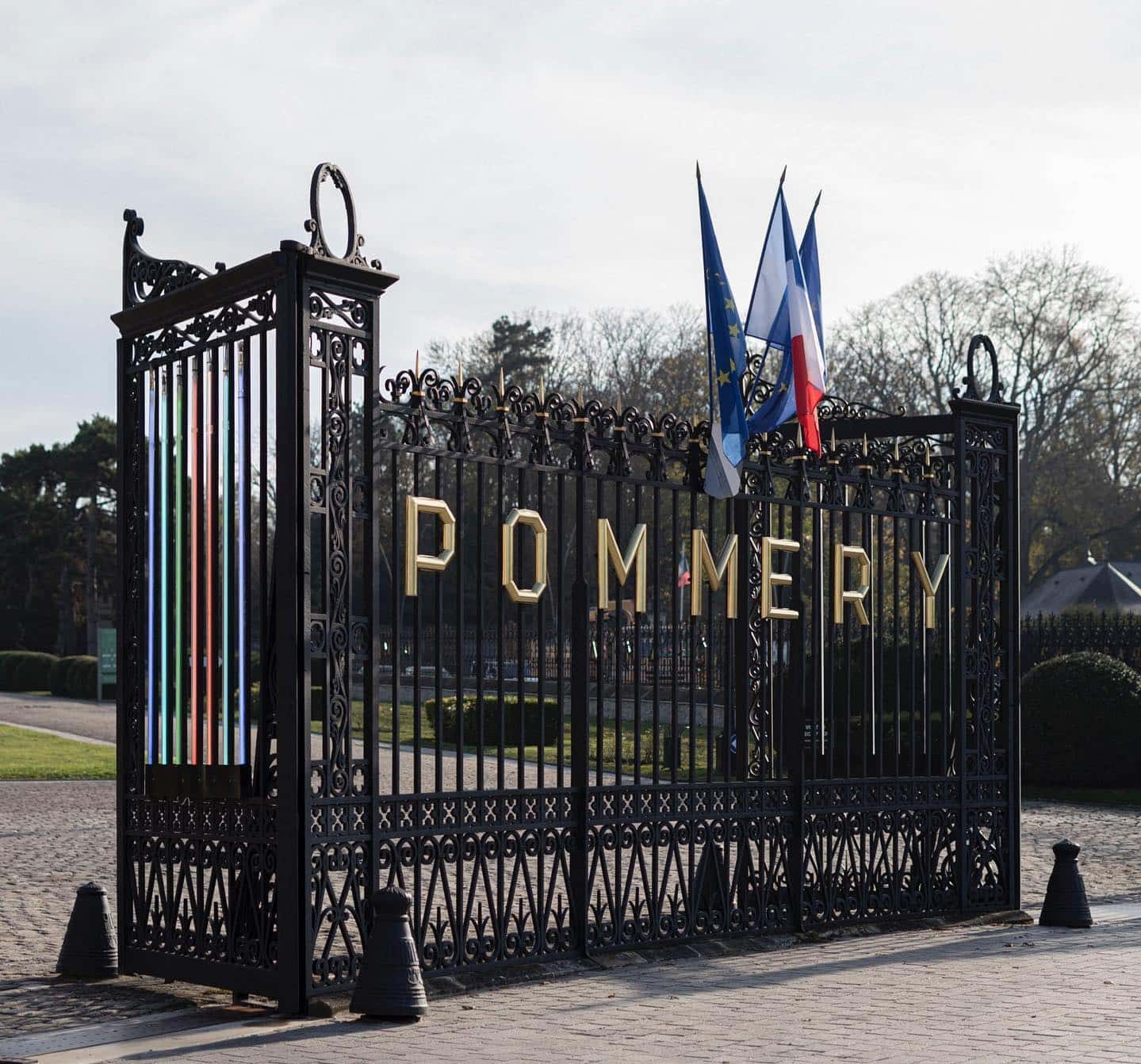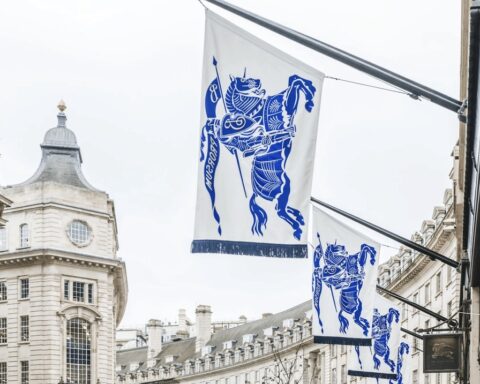There’s a hotel in Los Angeles called the Magic Castle – it’s a seemingly basic hotel with no distinguishing features. And yet, it comes out in the top 10 of traveller rankings on Trip Advisor – between the Bel Air Hotel and the Four Seasons. How is this possible ?
It’s all in the cherry red phone that allows you to order free ice cream at the pool: the popsicle hotline. The ice creams are then brought to you in a silver bowl by a butler in white gloves. Other unexpected services are also offered throughout the day: a magician is in the hotel lobby every morning and a dry cleaning service is offered to wash and fold your laundry every evening. It’s all these remarkable moments that make the difference.
Different atmosphere, different experience: if you had to tell about your last visit to Disney, what would you talk about? Probably not the long queues, the tasteless hotdogs or the tired, whining children. What you would talk about is most likely the roller coaster, the latest hot ride, the parade or the fireworks. It is these remarkable moments that stand out in your memory.
The Magic Castle and Disney are two of the examples used by Dan & Chip Heath in The Power of Moments to show that people are willing to forget what is average or even mediocre, provided there are remarkable moments.
Why and how to create these remarkable moments is the subject of this article.
Let’s start with the why. To understand why our brain remembers some moments more than others, we need to go back to the work of Daniel Kahneman who is an eminent researcher in behavioural sciences, awarded the Nobel Prize in Economics in 2002. His research focuses on human decision-making processes that are not always rational – far from it! He is particularly interested in the subject of experience, and in particular the way in which individuals choose one experience over another.
One of Daniel Kahneman’s experiments involves two groups of individuals, A and B, who have their hands immersed in very cold water at 14 degrees for 60 seconds. Group B extends the experiment in slightly warmer water at 15 degrees for 30 seconds.
The conclusion is that group B will be more willing to repeat the experiment than group A. There is no rational reason behind this choice: individuals in group B actually spent 1 minute and 30 seconds at uncomfortable temperatures vs. 1 minute for group A. What makes the difference between the 2 groups is the “more pleasant” end of experiment B because the water is slightly warmer.
These experiments show that an experience is not an arithmetic average of the different moments that make it up. Certain key moments have a greater influence on individuals’ memories and choices: these moments that count more than others are the emotional peaks and the end of the experience. This is what Daniel Kahneman calls the “Peak & End” rule. Information other than the peak and end of the experience is not lost, but it is not used.
This “Peak & End” rule is explained by two mechanisms at work in the human brain :
– A tendency to overvalue the most emotionally intense moments as positive or negative – which is why the peak is memorable
– A facility to recall the most recent events when the brain thinks back to an episode that took place in the past – which explains why the ending is memorable
What are the implications for brand experience creation ? The priority is not to solve all the problems – this is exhausting for the managers who create the experience and does not generate enthusiasm in the customer who lives it. Rather, the priority is to invest in creating remarkable moments and nurturing the end of the experience to deliver intense emotions that create memories and engagement for customers.
Once the focus of the experience has been defined, the question is how to go about creating these remarkable moments. As a brand’s Retail or Customer Experience manager, you can’t just leave them to chance or serendipity.
The good news is that four emotional peak levers have been identified by Dan & Chip Heath to facilitate the creation of remarkable moments in any type of experience: Pride, Elevation, Connection and Insight.
The first of these levers is the creation of moments of pride. These moments usually involve recognition of one’s qualities and achievements. If you think back to your own moments of pride, they are often examples of recognition such as a promotion, congratulations, an award won. However, these moments of recognition are not easy to create: 80% of managers say they frequently express recognition or appreciation to their employees, while only 20% of employees share this feeling. The challenge of these moments of pride is to make them personal and authentic.
The second lever is the creation of moments of elevation. These moments require breaking out of the routine by going against the expected course of the experience to create a strategic surprise. This does not necessarily require heavy investment. For example, at a board meeting, all the participants are seated around a table with a notebook and pen, ready to take notes. But when the organiser arrives, he tells the participants that the meeting will be held outdoors. He breaks the expected script. This will make the event memorable.
A study of reviews on TripAdvisor also shows the power of surprise: customers who say they had a “pleasant surprise” are 94% to recommend the hotel (vs. 60% of customers who are very satisfied). The challenge for organisations is to replicate these moments of surprise. To solve this problem, the Prêt à Manger chain allows its employees to give away a certain number of free hot drinks per day. The employee decides who to give them to. This maintains the surprise effect over time – unlike the systematisation involved in loyalty cards.
The third lever is the creation of moments of connection. These moments involve creating links to create a sense of togetherness, unity or empathy. These connections can occur around synchronised moments that allow people to share the same thing at the same time – such as an all-staff meeting, a concert or a competition. They also occur around shared values, a common mission that transcends individuals. Adam Grant conducts an experiment at Wharton with one group of lifeguards whose teaching focuses on improving their personal performance (A) and another group whose teaching focuses on saving the most lives (B). Group B agreed to sign up for 43% more hours in the month following the training. The aim of this type of moment is to bring to life a deep sense of connection – to feel that you are contributing to a project that impacts society beyond personal benefit.
Finally, the fourth lever of remarkable moments is the creation of moments of insight. These are moments that allow individuals to learn something about themselves or to see the world from a different perspective. This can happen simply in coffee when you taste coffees from South America and others from Africa and realise how different the flavours are. This adds an insight dimension to the transactional experience of buying a coffee. These moments of Insight involve sharing a clear lesson, in a short space of time and must be discovered by the individual themselves. Again, this lever is not triggered by chance. It can be created voluntarily.
What about these 4 levers for the customer experience ? Pride is about making the customer feel unique and recognized. Elevation is about making the customer feel pleasantly surprised, even impressed. As for the levers of Connection and Insight, they must be specified in the specific context of the customer experience to be fully operational.
For Connection, we would rather talk about Alignment – moments that allow the brand and customers to come together around common values. Insights are associated with Knowledge – moments where the brand lets its customers learn something of interest to them, perhaps related to the history of the brand, its founder, the manufacture or inspiration of its products.
Read also > ARIANEE X EMAKINA: A STRATEGIC PARTNERSHIP FOR A REINVENTED CUSTOMER EXPERIENCE
Featured photos : © LVMH











